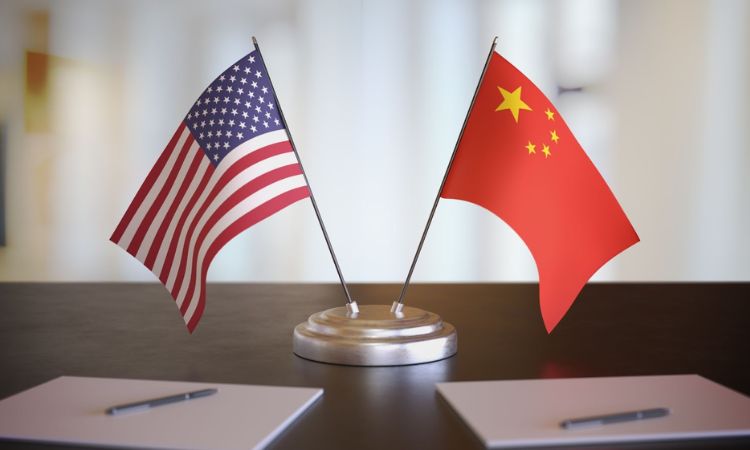On Wednesday, investors predicted that China’s central bank would loosen monetary policy further after a surprise rate cut, even if it puts the yuan under pressure. As a result, yield differentials between China and the US extended to their largest level in 16 years.

On Tuesday, the People’s Bank of China (PBOC) unanticipatedly reduced key policy rates for the second time in three months, providing fresh evidence that the government is stepping up efforts to ease monetary policy in a bid to jump-start a faltering economic recovery. And most markets anticipate that the PBOC will further relax monetary policy.
Earlier in the day, the PBOC increased the amount of short-term cash it offered through seven-day reverse repos in open market operations since February.
China continues to be an outlier among central banks across the world because it has relaxed monetary policy to support a sputtering economy while others, most notably the United States, have been in cycles of tightening as they combat high inflation.
However, the yield difference between China’s benchmark 10-year government bonds and US Treasuries increased to 164 basis points, the widest since February 2007, due to the different monetary policy trajectories of the world’s two largest economies.
According to David Chao, global market strategist for Asia Pacific at Invesco, “the sizeable yield gap, the largest since 2007, may be a key reason why capital remains firmly planted in US dollars and US Treasuries for the time being.”
“Overall, recent economic data releases in China have been depressing, while those in the U.S. have been pleasantly surprised.”
With the most recent official data showing a fall in overseas investors’ holdings in July, the widening yield difference diminished international interest in China’s onshore yuan bonds.
According to market observers, declining loan growth and rising deflation risks in July called for additional monetary easing measures to stop the slowdown. Default worries at certain significant real estate developers and missing payments by a private wealth manager also lowered trust in China’s financial markets.
One-year interest rate swaps, a measure of investor expectations of future funding costs, fell to 1.84% this week in the futures market, the lowest level since September 2022, indicating that some market players may be pricing in additional rate cuts.
The Chinese yuan is under pressure to weaken even more due to risks associated with capital outflows and anticipation for further monetary easing. The yuan has underperformed other Asian currencies by around 5.5% against the dollar since the year’s beginning.
Eugenia Victorino, head of Asia strategy at SEB, wrote in a note that the PBOC would need to take additional action to control the rate of yuan depreciation.














